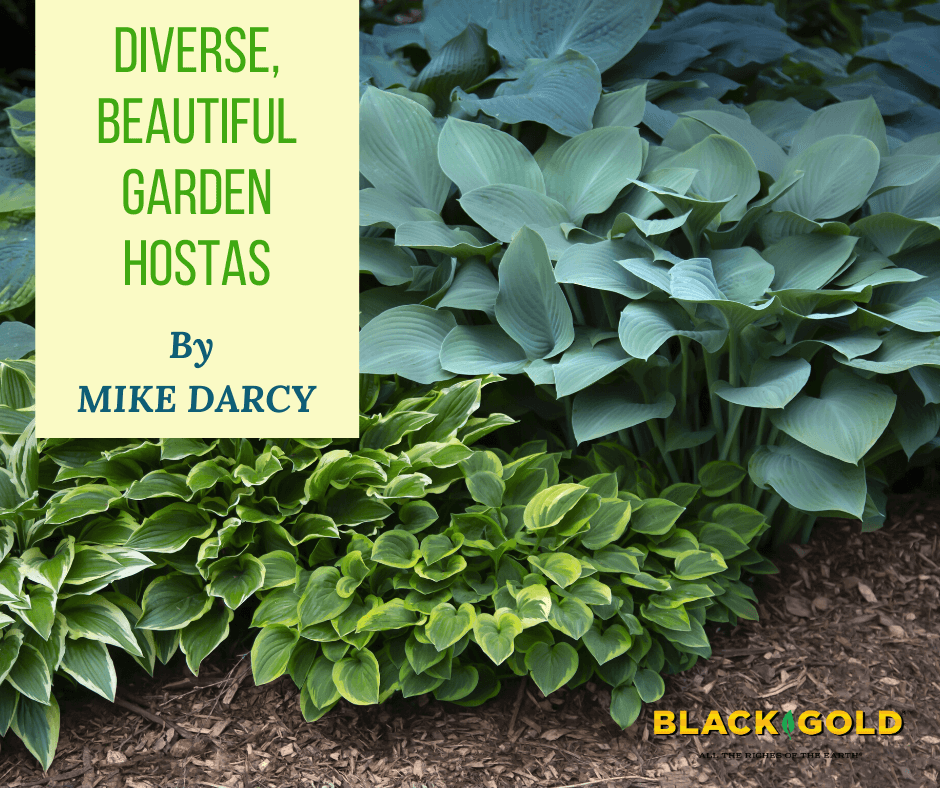
The plant kingdom never ceases to amaze me with the diversity that it offers. Even plants in the same genus can have very unique traits in leaf color and texture, growth habits, environmental preferences, winter hardiness, heat tolerance, and flowers. A good example of a diverse genus is Hosta, commonly called the plantain lily.
Many garden plants, such as roses, are grown just for their flowers. Hostas, on the other hand, are grown more for their foliage. While hostas do have flowers, and some of the flowers are fragrant, the glorious mounds of textural foliage are the primary attraction.
Diverse Hostas
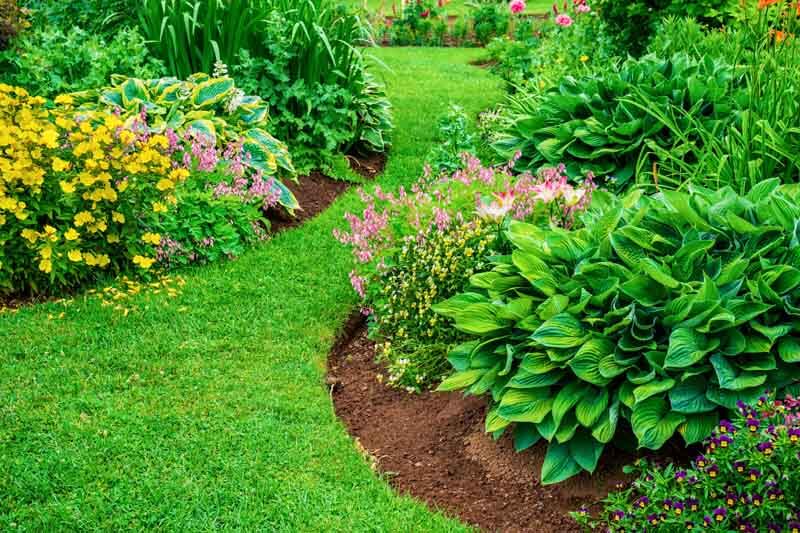
Hostas are native to eastern Asia, but they are so widely planted in American gardens that they almost appear to be native plants. Hostas can be found in home gardens from coast to coast and tend to perform well in all but the hottest, driest areas. They have adapted especially well in the Pacific Northwest, so it is easy to understand why one might think they are native to this region.
In the mid-1900s, the hosta grown in many gardens was Hosta plantaginea, a big clump of a plant with large green leaves and tall, fragrant wands of white flowers in late summer. The Hosta palette has changed dramatically in the past 100 years because each year new varieties are introduced. Now there are thousands from which to choose. The Sebright Gardens in Salem, Oregon, lists about 500 different types in their catalog–from miniatures reaching to just a few inches to 4-foot giants. With that kind of number and variety, it can be challenging to make a selection. Sometimes you have to buy several…
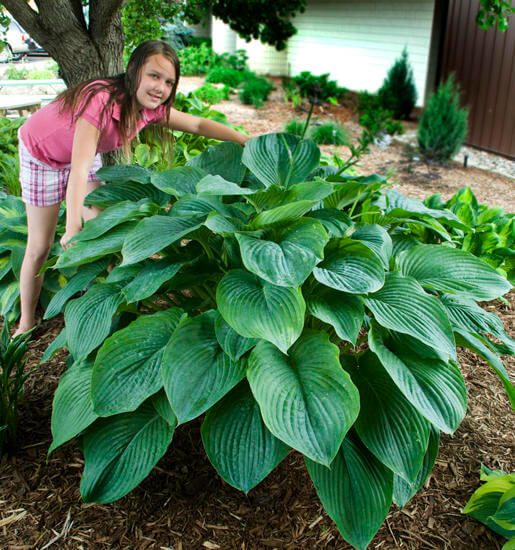
When choosing a Hosta, I would first decide on the ultimate size of the plant for your location, and then select the foliage color and texture that appeals to you. Hosta leaves generally range in color from dark green to chartreuse to those with waxy leaves in shades of grey, blue, or sea green. There are also many variegated forms, and some leaves have a distinctly crinkled, corrugated, or quilt-like texture or undulating edges.
My Favorite Hostas
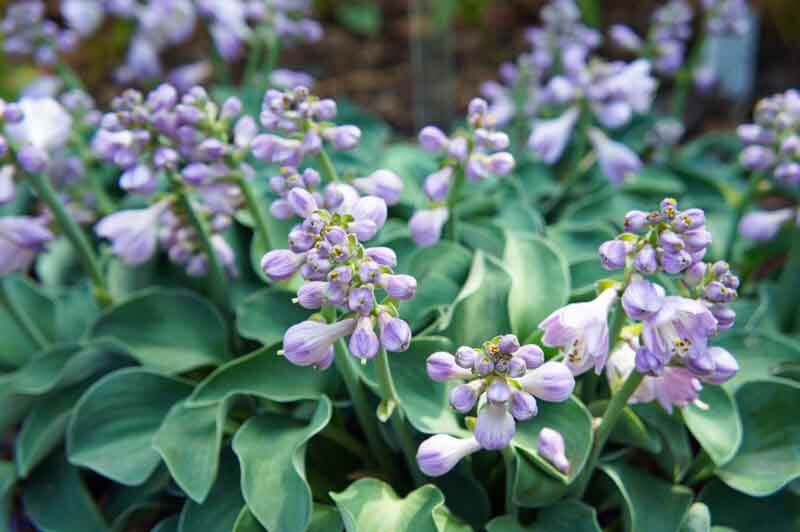
I cannot list all of my favorite hostas because there are too many, but here is a small list of those well worth growing.
For a miniature type, my favorite is ‘Blue Mouse Ears’. We have had this in a small pot on our patio for several years, and it only gets about 6 inches high. It forms a nice compact clump and is attractive all summer with its blue leaves. Going from the miniature to the giant, Shadowland® ‘Empress Wu’ makes a spectacular specimen plant with dark green leaves that have deeply impressed veins. ‘Empress Wu’ can reach a height of up to four feet and makes a thick mound of foliage. Another one of the ‘giant’ types is ‘Sum and Substance’ , which has chartreuse yellow leaves and provides a pop of color in a shady corner. ‘Curly Fries’ has unique long, narrow, tapered yellow leaves with rippled edges. A longtime favorite in gardens is ‘Earth Angel’, which has textured leaves that are heart-shaped with a creamy-white border. ‘Mini Skirt’ is a low-growing type that gets very dense with wavy leaves that are blue-green with creamy edges.
Planting Hostas
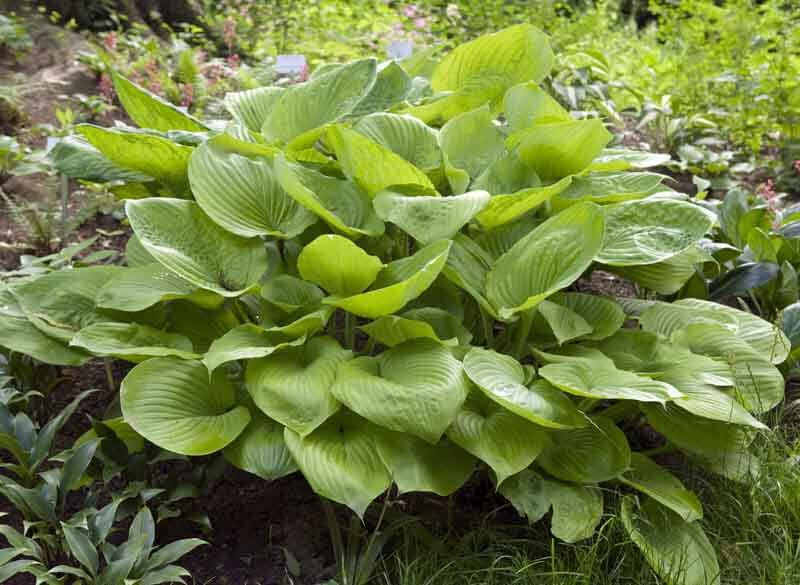
There is a hosta for almost any garden. If given the right growing conditions, hosta plants will thrive. As a general rule, they are shade-loving plants, although most will perform well in an area with morning sun. They do not like the hot afternoon summer sun, and their leaves will often burn with too much. Plant them in soil amended with an ample supply of compost. Black Gold Garden Compost Blend is ideal for working into the soil around hostas at the time of planting. For established plants, a yearly top dressing of Black Gold Earthworm Castings Blend and compost benefits the plants and the soil.
While the cool and moist Northwest climate is ideal for growing hostas, this climate is also ideal for the common garden slug– the number one pest of hostas. Usually, some type of slug control (such as the organic Sluggo) is necessary to prevent leaves from becoming chewed and hole-filled due to slug damage. Some hosta plants with thick, crinkled leaves tend to be more slug resistant, but not slug proof!
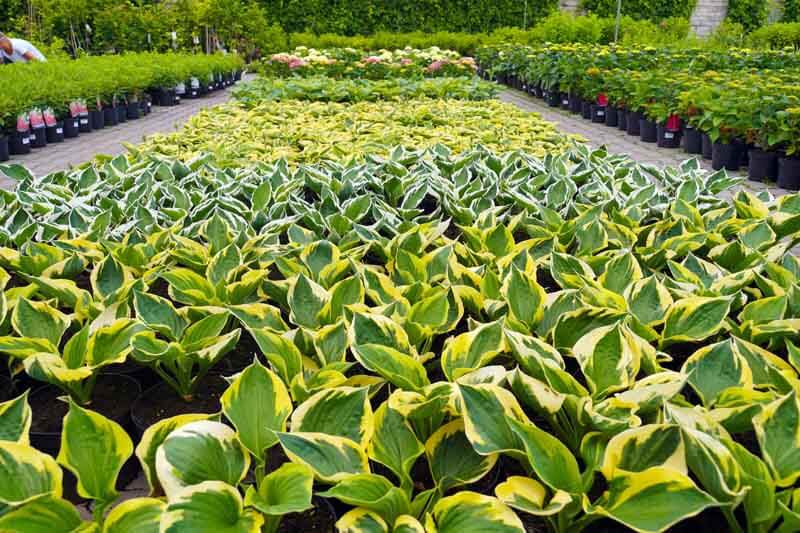
There are so many different and diverse hostas that a trip to your local garden center will give you a clue as to what is available. Even small garden centers tend to have many types. Hostas do die to the ground in the fall but are very winter hardy and easy to divide after several years. Give them a shady location with a soil rich in compost, and they will reward you for many years. And, if you really get hooked by the Hosta bug, The American Hosta Society is the best organization to join to meet other enthusiasts and learn more.

